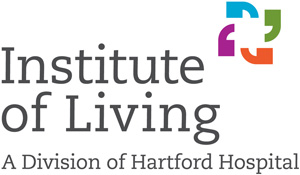New Video Seeks to Improve Teen Driving Safety, Recalls Tragic Death of West Hartford Teen
/
Kohl's Tween Safe Program is currently focusing on the dangers inherent in teen driving. The program's website features a new video with the father and sister of Reid Hollister, a 17-year-old West Hartford resident who was killed in a one-car accident in 2006. The video, prepared in association with the Connecticut Children's Medical Center, aims to alert teens and parents to the realities and risks of teen driving.
Reid’s father, Tim Hollister, became a leading advocate for better-informed parental decision-making about teen driving in the months after Reid’s tragic death. He was a leading member of the Governor’s Safe Teen Driving Task Force in 2007-8, which led to legis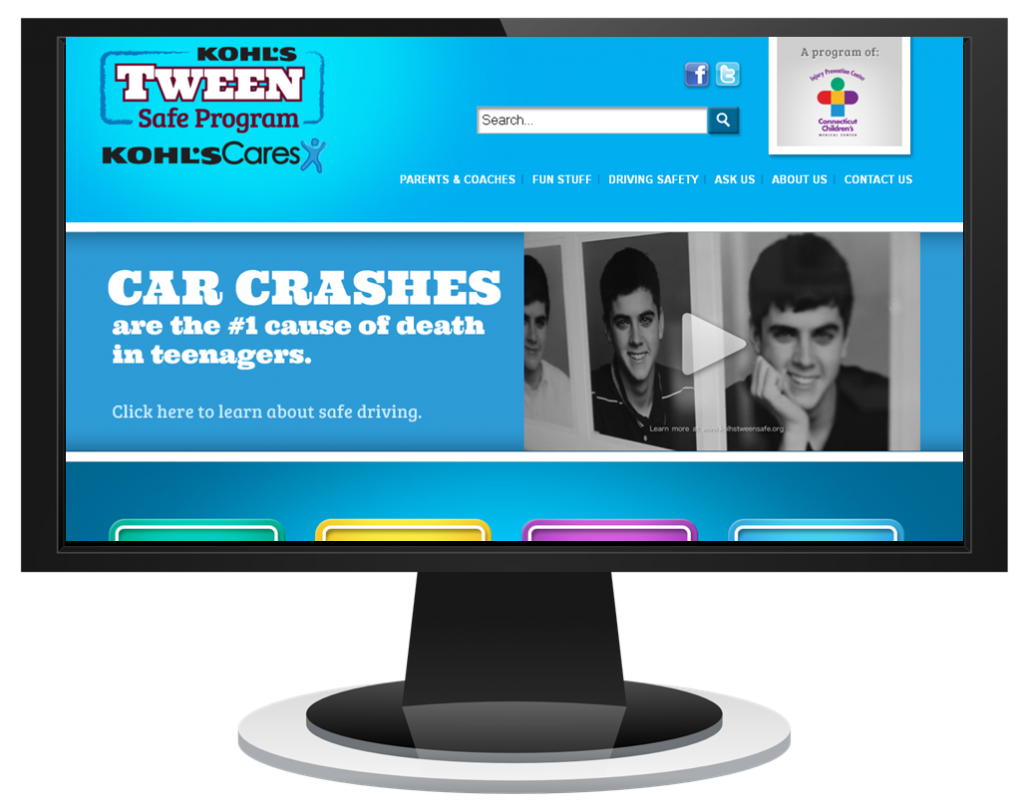 lative passage of a series of stringent laws in Connecticut, including graduated teen licenses, to lessen the risks of car crashes involving teens.
lative passage of a series of stringent laws in Connecticut, including graduated teen licenses, to lessen the risks of car crashes involving teens.
The short video, with Reid’s dad and sister on camera recounting discussing Reid’s life, and the circumstances surrounding his death, are the featured subject on Kohl’s Tween Safe website, and excerpts of their comments, along with noteworthy statistics, are also be telecast on local television stations as a public service announcement.
Tim Hollister’s blog, "From Reid's Dad," was launched in September 2009 and has been recognized by the U.S. Department of Transportation/National Highway Traffic Safety Administration Public Service Award, April 2010, for "extraordinary efforts to assist parents in making informed decisions about safe teen driving." The site includes a model teen driving agreement for teens and parents, available for download. and helpful information and suggestions regarding teen driving and parental decision-making.
The Injury Prevention Center at Connecticut Children’s Medical Center, in partnership with Kohl’s Cares®, has launched Kohl’s Tween Safe, a website and public information initiative to provide information aimed at preventing all types of injuries. The goal is to share the latest news and research to enable tweens, parents and coaches to make informed decisions.
On December 2, 2006, 17-year-old Reid Hollister, died after a one car accident. He was driving on a three-lane Interstate highway (I-84 in Plainville) that he likely had not driven before, on a dark night just after rain had stopped, and apparently traveling above the speed limit, “he went too far into a curve before turning, then overcorrected, and went into a spin.” As the blog describes it, “While the physics of the moment could have resulted in any number of trajectories, his car hit the point of a guardrail precisely at the middle of the driver's-side door, which crushed the left-side of his chest.”
Among the statistics highlighted on the site:
- Safer teen driving starts with informed, conservative decisions about whether teens get behind the wheel of a car in the first place. Teaching teens to operate a vehicle safely is Step 2.
- Driving is the leading cause of death for people under age 20 in the United States.
- Safer teen driving is everyone's concern. In 2010, nearly 2,000 teen drivers died, but their crashes killed more than 3,000 passengers, other drivers, and pedestrians.
The video featured on the Kohl’s website was recorded recently when Connecticut Children’s Medical Center approached the Hollister family about making a video about Reid’s story, for teen drivers and their parents.
Earlier this year, the blog reported the following: “The Governors’ Highway Safety Administration has issued a new report, New Study: Teen Driver Deaths Increase in 2012 (Feb. 26, 2013), based on preliminary fatality statistics for 2012, and the key finding should send a big shiver up our collective national spine: after years of decline, deaths of 16 and 17 year old drivers increased in the first six months of last year. From 2011 to 2012, the national number of 16 year old driver deaths increased from 86 to 107 and the number of 17 year old deaths from 116 to 133.”





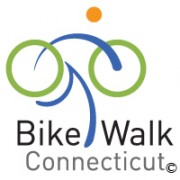
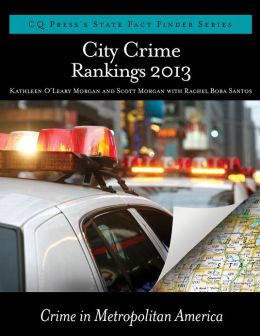

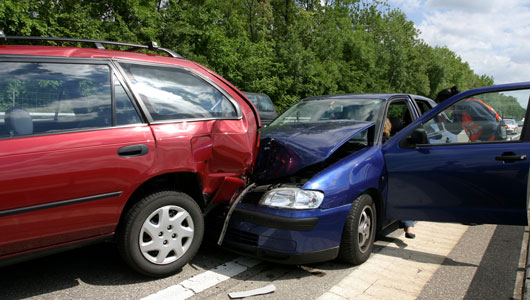



 apparently set to get underway in Connecticut.
Writing in the Autumn 2012 edition of
apparently set to get underway in Connecticut.
Writing in the Autumn 2012 edition of  ent illnesses may someday lead to new treatments,” Assaf suggested in the article published prior to the Newtown killings.
ent illnesses may someday lead to new treatments,” Assaf suggested in the article published prior to the Newtown killings.